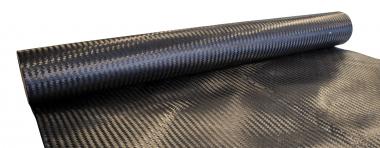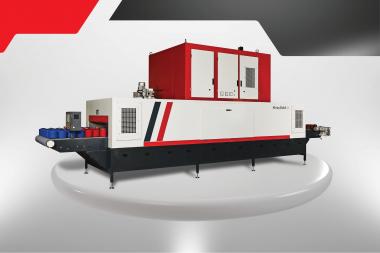The new European Circular Textile Coalition calls for a circular textile economy
Reju, together with 11 other companies representing the textile value chain, launched the European Circular Textile Coalition’s manifesto for a fully circular textile economy, urging the EU to transform post-consumer textile waste into a driver of green jobs, innovation and competitiveness.
The coalition is formed of businesses across the textile value chain; Reju, Resortecs, COLEO, Tissage de Charlieu, Synergies TLC, Nouvelles Fibres Textiles, Sympany, European Spinning Group, Ariadne, Erdotex, Utexbel, Noyfil.
Europe generates 12.6 million tonnes of textile waste annually, with most of it landfilled, incinerated or exported and just 1% recycled back into new garments. The coalition stresses that this is no longer acceptable.
“We refuse to accept textile waste as an inevitability, instead, we see it as a solvable challenge for our generation,” the manifesto states.
The coalition calls for urgent EU action to match regulatory ambition with investment in recycling and manufacturing systems.
“Without system readiness, even the most forward-looking regulations risk falling short. We are here to help bridge that gap,” the group highlights.
To drive change, the manifesto sets out three policy pillars:
- Ensure a competitive European textile chain, bringing production back to European shores to uphold environmental and labour standards.
- Prioritise high-quality textile-to-textile recycling, making post-consumer textile waste the main feedstock for new textiles.
- Set mandatory recycled content in textiles, with ambitious but realistic targets phased in over time.
‘Reju is a system change company and we strongly believe that change happens with collaboration. That is why this collation is important to drive change collectively as an industry pulling together and we welcome more businesses to join us.’ says Patrik Frisk, Reju CEO.
“Voluntary efforts have proven grossly insufficient – we need binding standards to drive demand for recycled materials,” the coalition insists.
The coalition is launching an advocacy tour to engage policymakers and invites other actors from across the textile value chain to join its mission.
“Now is the time to act — because when a world without waste is possible, we cannot afford to wait!
About Reju
Reju is a materials regeneration company focused on creating innovative solutions for regenerating polyester textiles and post-consumer PET waste. Owned by Technip Energies and utilizing technology originating with IBM Research, Reju is driven by its purpose to unlock infinite possibilities within finite resources. The company aims to establish a global textile recycling circular system to regenerate and recirculate polyester textiles.
Reju circular economy textile value chain European Union European Circular Textile Coalition
Reju






























